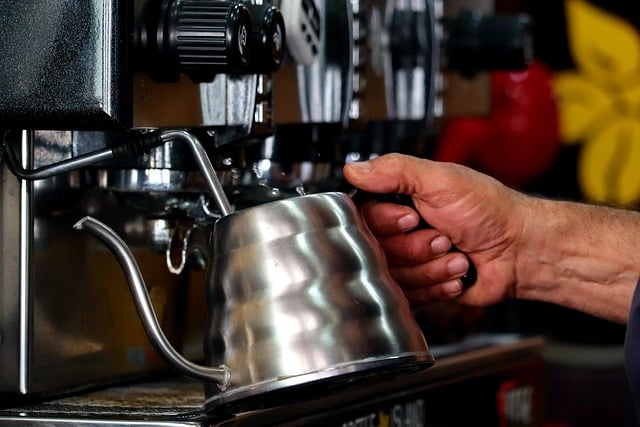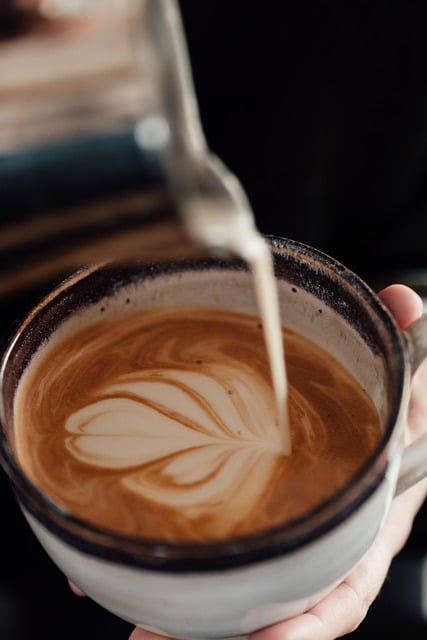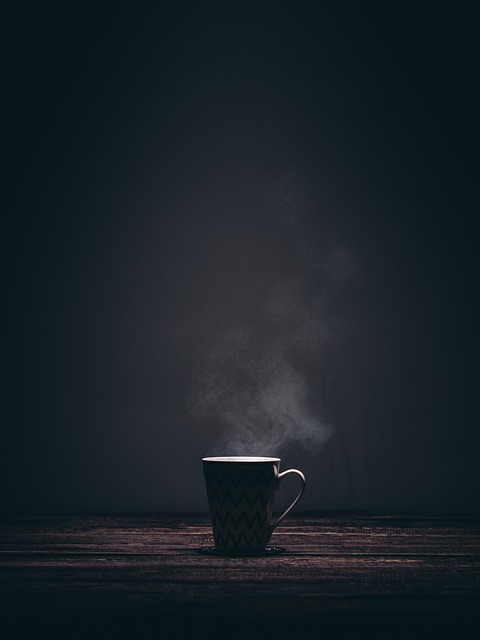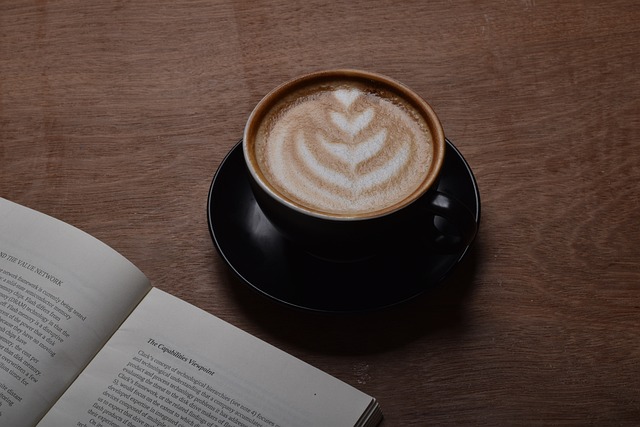Pour-over coffee offers precise control with manual brewing, requiring specific equipment, water temperature, and ratios. Cold brew and iced coffee differ in their smooth, full-bodied taste compared to lighter, more watery hot brews. A French press guide emphasizes coarse grinding, blooming, and gentle pressing for rich, full-bodied results. Espresso home brewing combines science and art, focusing on consistent grinding, temperature control, and pull time to extract full flavor profiles through practice and experimentation.
“Unleash your inner barista and explore the diverse world of coffee brewing with our ultimate guide. From the classic French press to the intricate art of espresso, we’ll navigate you through five distinct brewing methods, each promising a unique flavor profile. Learn the secrets to pour-over perfection at home, discover the cool calm of cold brew vs. refreshing iced coffee, and master techniques for café-quality brews from drip makers and French presses. Indulge in creative recipes, explore healthy alternatives, and elevate your coffee experience.”
- Mastering Pour-Over Coffee at Home: Step-by-Step Guide
- Cold Brew vs Iced Coffee: Brewing Methods Compared
- French Press 101: A Comprehensive Brewing Guide
- Espresso Shot Mastery: Techniques for Home Baristas
Mastering Pour-Over Coffee at Home: Step-by-Step Guide

Pour-over coffee is a manual brewing method that allows for precise control over your brew, resulting in a rich and nuanced flavor profile. To master this at home, start by gathering your equipment: a high-quality pour-over dripper (like Hario V60 or Chemex), a gooseneck kettle, a scale, a grinded coffee bean of your choice, and a filter. Heat water to the ideal temperature between 195°F – 205°F (90°C – 96°C). Weigh out approximately 1:17 (or 18g) coffee-to-water ratio, then bloom the grounds by pouring about half of your water over them. Wait for about 30 seconds to allow the coffee to expand and absorb the water. Slowly pour the rest of the water in a circular motion, ensuring even extraction. The total brew time should be around 2.5 – 3 minutes. Remove the dripper, and enjoy your freshly brewed pour-over coffee.
Cold Brew vs Iced Coffee: Brewing Methods Compared

Cold brew and iced coffee are often confused, but they differ significantly in their brewing methods. Cold brew is made by steeping coarsely ground coffee beans in cold water for an extended period, typically 12 to 24 hours. This slow process extracts a smooth, less acidic flavor with a rich, full body. On the other hand, iced coffee is simply brewed hot coffee that is then cooled down and served over ice. While it’s quicker and easier, the brewing method doesn’t focus on enhancing specific coffee characteristics like cold brew does. The result is often a lighter, more watery coffee experience.
French Press 101: A Comprehensive Brewing Guide

The French press is a timeless coffee brewing method known for its simplicity and ability to produce a rich, full-bodied cup. Here’s a step-by-step guide to help you master this art: First, grind your coffee beans to a coarse consistency, similar to sea salt. This ensures the grounds don’t pass through the mesh filter. Next, heat water to just below boiling (around 93–96°C) and pour it into the French press. Add your ground coffee, typically a ratio of about 1:15 (coffee to water), and gently stir to ensure all grounds are saturated. Bloom the coffee by pouring in more hot water, letting it sit for 30 seconds to allow gases to escape. Then, slowly press the plunger down, separating the brewed coffee from the grounds. Enjoy your freshly brewed French press coffee with its distinctive flavor and creamy texture.
Espresso Shot Mastery: Techniques for Home Baristas

Mastering the art of espresso brewing at home is a skill every coffee enthusiast should strive for. It’s not just about pulling a perfect shot; it’s an art that involves understanding the science behind it. The key lies in precision and control over various factors, from the grind size to water temperature. Home baristas can achieve remarkable results by focusing on these aspects: first, grinding beans consistently to the right fineness ensures an even extraction; second, using a calibrated espresso machine allows for precise temperature control, crucial for extracting the full flavor profile of the coffee; and finally, the pull time is critical—a longer pull may lead to bitterness, while a shorter one might result in under-extraction.
Practice makes perfect, and with time, home baristas can develop their own unique techniques. Experimenting with different beans and blends will further enhance the experience, offering an endless journey of discovery in the world of espresso.
In the world of coffee, exploration and experimentation are endless. Whether you’re a pour-over purist, an espresso enthusiast, or a cold brew convert, each brewing method offers unique nuances that can transform your daily cup into a symphony of flavors. From French press to espresso and everything in between, this guide has equipped you with the knowledge to navigate the coffee landscape. Now, it’s time to dive into your own personal coffee journey, crafting the perfect brew tailored to your taste preferences. Remember that mastery takes practice, so keep refining your techniques and exploring new recipes to fully embrace the art of coffee brewing.
